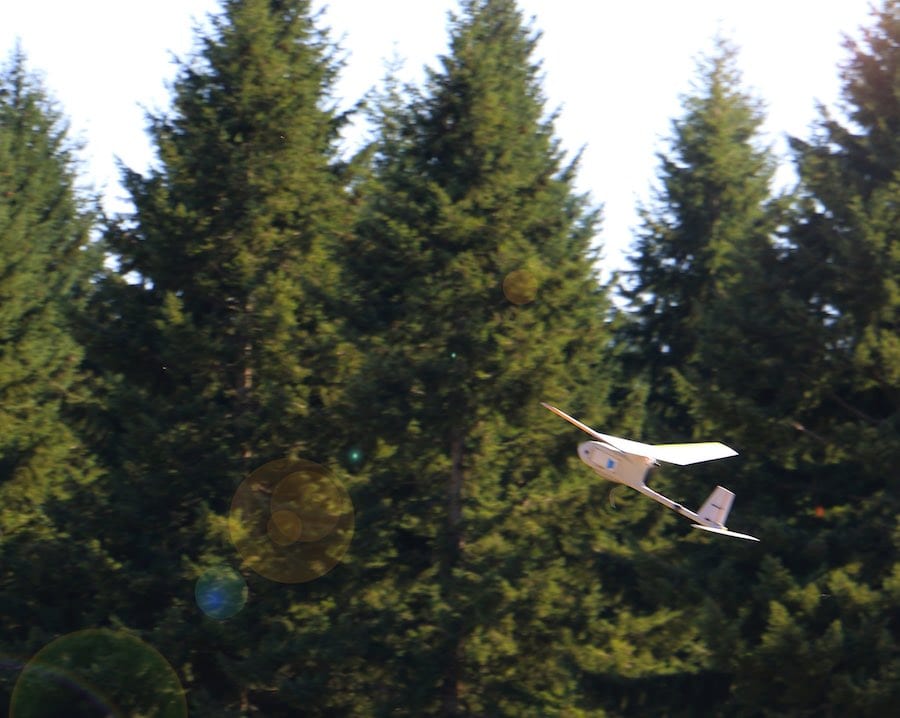
Drones have come a long way from being used primarily for recreation. They’ve become one of the most important technologies of our time, and they’re making an impact in many different sectors. They are even having a substantial effect on how we study and mitigate climate change. Here are six examples.
1. Collecting Data
Drones play an increasingly important role in the study of climate change because they’re excellent tools for data collection. They can be outfitted with a range of sensors and sent over remote or hard-to-access areas to quickly collect information. Previously, scientists would have collected this data using satellites, planes, helicopters or by going out on foot. Using drones makes this data collection must faster, safer and cost-effective.
Scientists can use drones, also called unnamed aerial vehicles (UAVs), to assess the impacts of climate change. For example, researchers from Nicholls State University are using drones to track erosion on Louisiana’s barrier islands. Researchers from Cornell are using UAVs to measure surface reflectivity of parts of the earth’s surface, which deals with whether the ground is absorbing or reflecting sunlight, resulting in either heating or cooling.
2. Planting Trees
Planting trees helps to fight climate change because plants absorb the greenhouse gas carbon dioxide. Trees, of course, also have a range of other environmental benefits.
The research being conducted by the Cornell scientists mentioned above relates to this. Measuring surface reflectivity allows researchers to determine the ideal places to plant trees to fight global warming. Planting trees in an area with lots of highly reflective snow, for example, could result in warming because it makes the surface darker. Areas with low reflectivity are ideal for planting trees.
UAVs can also help with planting trees. A company called BioCarbon Engineering has built drones that can plant seeds in precise locations at a rate of 120 per minute. That’s much faster than a human worker could.
3. Reducing Waste
The construction sector is responsible for 25 to 40 percent of the solid waste stream in the U.S. It’s difficult to accurately predict how much material you’ll need for a construction project, and because of this, as much as 15 percent of the material ordered for construction ends up in a landfill. Excess waste is bad for the environment, but construction materials can be especially carbon-intensive. Cement manufacturers, for example, produce about five percent of global CO2 emissions. Construction equipment also typically runs on diesel and produces substantial emissions.
Drones allow construction site managers to get an overhead view of their work sites, which enables them to improve their project planning and their progress monitoring. Using UAVs, workers can calculate the available stockpile of materials and then order more if needed or cancel unnecessary orders. Getting an overview view of the area also enables better planning of movement around the site, potentially reducing emissions from vehicles
4. Decreasing Travel-Related Emissions
Twenty-three percent of transportation emissions from medium-duty and heavy-duty trucks, the kind used to ship packages to homes, businesses and warehouses. Numerous companies are now exploring drones to help them increase efficiency and reduce emissions of their delivery services.
A recent study confirmed that, in some cases, using drones would produce fewer emissions than using trucks. The exact savings varied based on numerous factors, and the researchers noted that drones are only practical for certain small packages. Using a drone to deliver a small package in California, the study found, resulted in 54 percent less greenhouse gas emissions than using a diesel truck. In Missouri, the difference was 23 percent.
5. Inspecting Renewable Energy Equipment
Switching to renewable energy is critical for fighting climate change. Drones provide many benefits to renewable energy companies and, as a result, are lowering the cost of renewable energy.
Utilities can use drones to inspect wind turbines and solar fields. Inspecting a wind turbine is typically a dangerous operation in which a worker must climb to the top of the turbine and then inspect while suspended from cables. Drones eliminate the need for this, improving worker safety. Drones can also inspect large fields of solar panels much more quickly with a drone than with human inspectors, saving the utility time and money. Using UAVs can also speed up residential rooftop solar installations, as inspecting the roof with a drone can reduce solar system measurement times by 50 percent.
As drones become more advanced and affordable, they’re having a more significant impact on more sectors. One area where they’re making a substantial difference is climate change. UAVs are turning out to be an excellent partner in the fight to study climate change, slow it down and mitigate its impacts.


